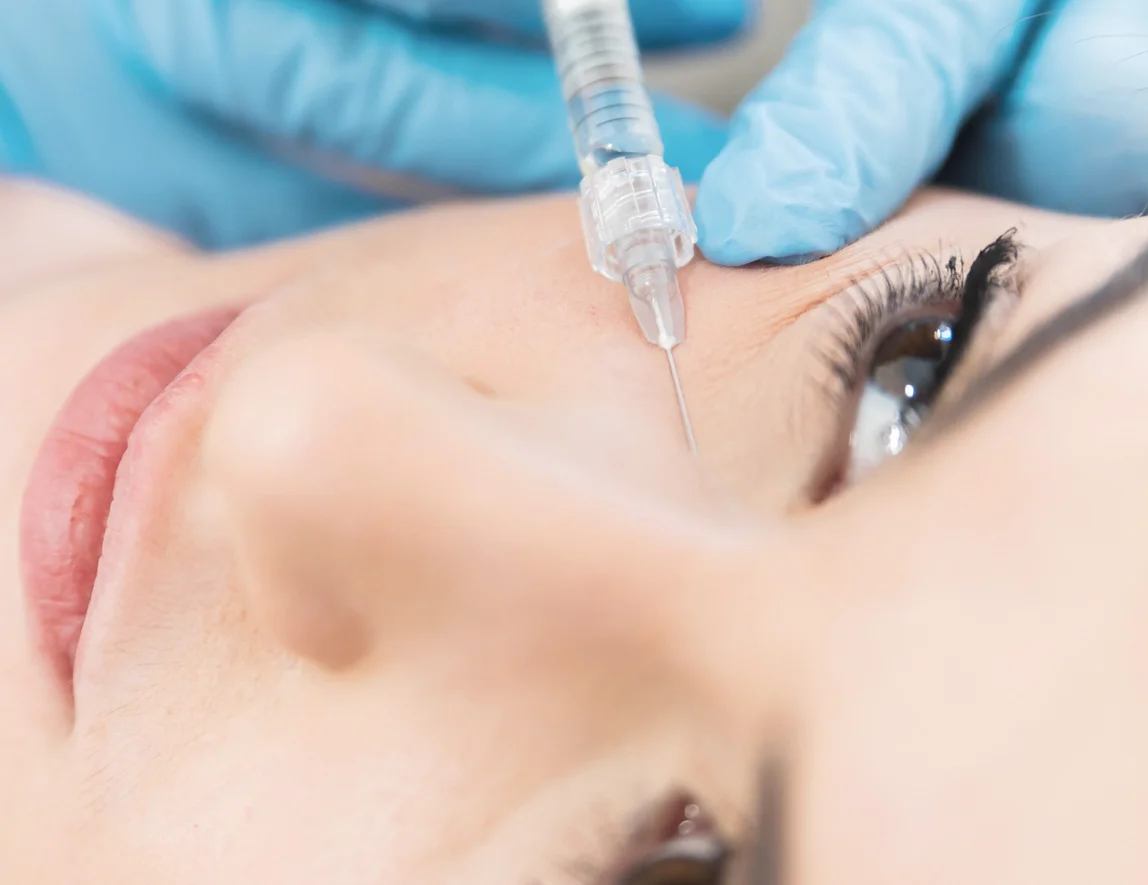What Are the Most Popular Types of Under Eye Fillers?
Under-eye fillers have become a go-to solution for addressing concerns like dark circles, hollowness, and puffiness in the tear trough area. With advancements in aesthetic medicine, several types of fillers are available, each designed to meet specific needs. Here’s an in-depth guide to the most popular types of under-eye fillers and their unique benefits. This Article delves into the details of Under Eye Fillers in Dubai.
Hyaluronic Acid (HA) Fillers
Hyaluronic acid fillers are the most commonly used under-eye fillers due to their safety, effectiveness, and reversibility. HA is a naturally occurring substance in the body, known for its ability to retain moisture and enhance skin hydration.
Popular Brands:
Restylane®:Provides smooth, natural-looking results and works well for reducing hollowness.
Juvederm®:
Ideal for subtle volume restoration and reducing fine lines.
Duration: Typically lasts 9–12 months.
Key Benefits:
- Immediate results.
- Hydrates and plumps the skin.
- Reversible with an enzyme called hyaluronidase in case of overcorrection or complications.
Calcium Hydroxylapatite (CaHA) Fillers
Calcium hydroxylapatite fillers are made from microscopic calcium particles suspended in a gel. They are known for providing a lifting effect and stimulating collagen production.
Popular Brand:
- Radiesse®:
- Often diluted for use in the under-eye area to achieve subtle volume enhancement.
- Provides longer-lasting results compared to HA fillers.
Key Benefits:
- Stimulates natural collagen production.
- Offers more structural support, making it suitable for deeper volume loss.
- Duration: Results last 12–18 months.
Poly-L-Lactic Acid Fillers
Poly-L-lactic acid fillers are biostimulatory fillers that work by stimulating collagen production over time, rather than immediately adding volume.
Popular Brand:
- Sculptra®:
- Used off-label for under-eye rejuvenation.
- Improves skin texture and elasticity by encouraging collagen synthesis.
Key Benefits:
- Long-term improvement in skin quality and volume.
- Gradual, natural-looking results.
- Duration: Effects can last up to 2 years.
Fat Transfer (Autologous Fillers)
Fat transfer involves using the patient’s own fat, harvested from another area of the body, to fill the under-eye hollows.
Procedure Overview:
- Fat is extracted via liposuction, purified, and injected into the under-eye area.
- Typically performed in a surgical setting.
Key Benefits:
- Natural and biocompatible.
- Provides long-lasting results.
- Duration: Can last for several years, as the fat integrates with surrounding tissues.
Collagen-Based Fillers
Collagen fillers were among the first injectable options but are less commonly used today due to the rise of HA fillers. Modern collagen-based fillers are derived from purified animal or synthetic sources.
Popular Brand:
- Bellafill®:
- Contains collagen and polymethyl methacrylate (PMMA) microspheres for long-lasting effects.
Key Benefits:
- Immediate and lasting improvement in volume.
- Duration: Can last up to 5 years, making it suitable for those seeking long-term results.
Hybrid Fillers
Hybrid fillers combine the benefits of HA with other bio-stimulatory agents, offering both immediate results and long-term improvements.
Emerging Options:
- Fillers that blend HA with amino acids or other components are gaining popularity for enhancing skin quality while addressing volume loss.
Choosing the Right Under Eye Filler
The ideal filler for you depends on several factors, including your specific concerns, skin type, and desired results. Here are some considerations to keep in mind:
Volume Loss vs. Skin Quality
- For hollowness and volume loss: HA fillers like Restylane or Juvederm are excellent choices.
- For improving skin texture and elasticity: Sculptra or Radiesse may be more effective.
Duration of Results
- Short-term solutions: HA fillers (6–12 months).
- Long-term options: Fat transfer or biostimulatory fillers like Sculptra (1–2 years or more).
Safety and Reversibility
- HA fillers are reversible and ideal for first-time patients or those seeking a trial solution.
Expertise of the Injector
- The skill and experience of the practitioner are crucial for achieving safe, natural-looking results, regardless of the filler type.
Conclusion
The most popular types of under-eye fillers—hyaluronic acid fillers, calcium hydroxylapatite, and poly-L-lactic acid—offer a range of solutions to address individual concerns. With advancements in filler technology, patients can achieve customized, natural-looking results tailored to their needs. To ensure the best outcome, consult with a qualified professional who can guide you in selecting the right filler based on your aesthetic goals and skin condition.



Comments
Post a Comment